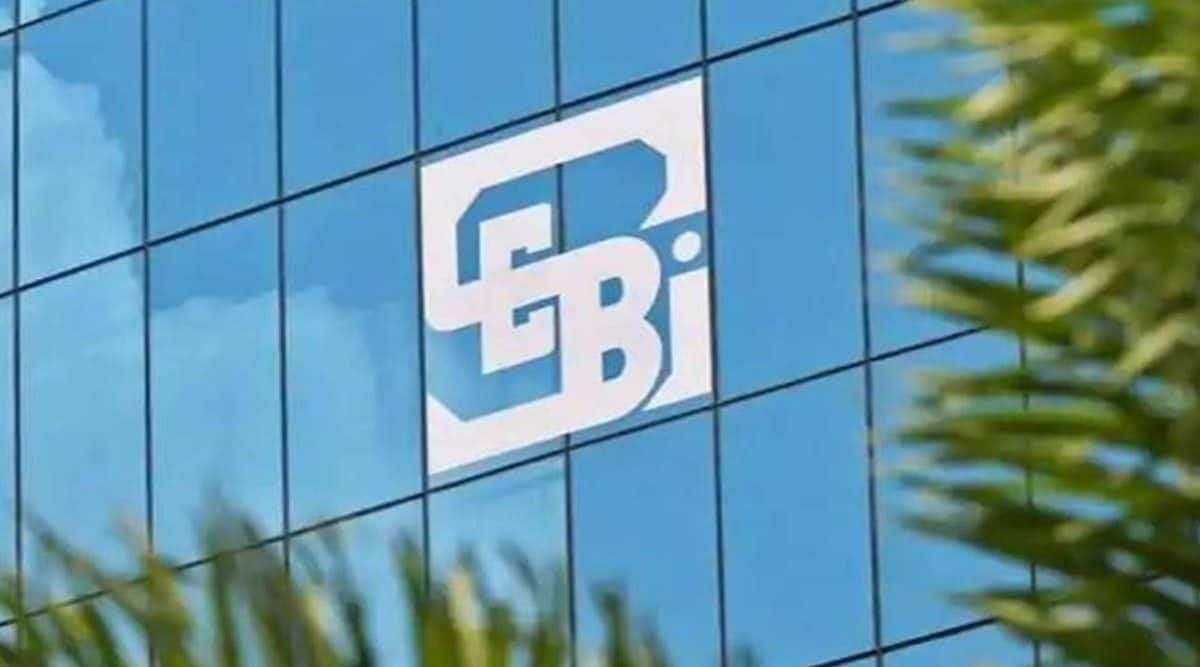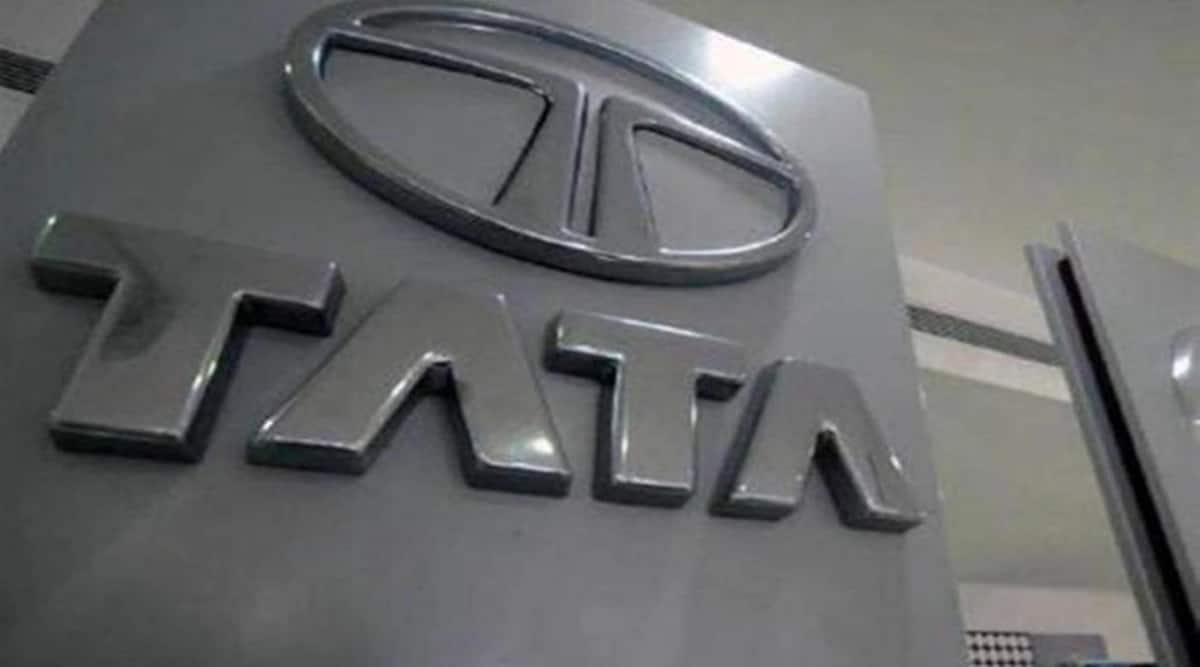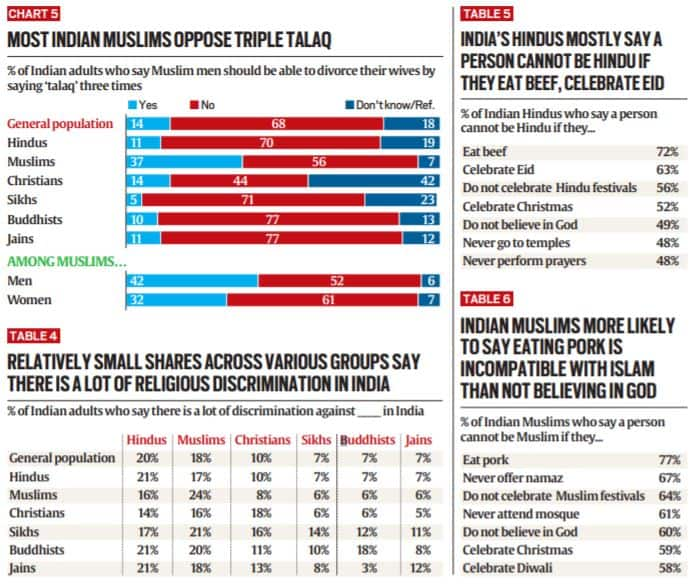As the embedded value (EV) for Life Insurance Corporation of India (LIC) remained almost flat in the past one year, the country’s largest insurer on Monday said the initial growth in EV was “little bit slow” as the bifurcation of the single fund into separate participating (par) and non-participating (non-par) funds affected the performance of yield.
LIC’s embedded value was at Rs 5.44 trillion at the end of September 2022, compared with Rs 5.39 trillion at the end of September last year. “Fund bifurcation affects the performance of yield and that is one of the reasons that initial growth in IEV (Indian embedded value) is little bit slow. I think that the way the operation is performing, we can hope to see a better number going forward,” a senior company official said during a conference call with analysts and investors.
Pursuant to the changes in the LIC ACT, 1956, the board of the company had approved bifurcation of the single fund into separate participating (par) and non-participating (non-par) funds. In a note, Macquarie Research said despite around `10,000-crore increase in the value of new business (VNB) in the past one year, the EV for LIC has been flat. “The massive 10-fold profit increase in 2QFY23 is just a mere transfer from VIF (value in force) to ANW (adjusted net-worth) and doesn’t change the EV dynamics,” Macquarie Research research said, adding the VNB margin expansion was driven by better margins on the group business where share of annuities has increased along with higher risk-free rate in general.
Also read| LIC to dip into non-par funds to boost dividend, Board decision soon
“The management has clarified that market movements have affected EV growth. Note that for a ~10% fall in equity markets, the EV declines by ~7% for LIC,” it added. On Monday, shares of LIC ended 5.85% higher at 664.80 apiece on the BSE. The stock rallied 8.70% to682.70 during the day.
LIC chairperson MR Kumar said within the next few years, the company’s product portfolio mix in the individual segment could be around 75:25 in proportion par/non-par (participating/non-participating). “That is the ultimate goal. That apart, there could be significant change in the VNB margins as well.” In the individual business, on an APE basis, the share of non-par business has increased to 8.99% for the half year ended September 30, 2022, against 7.12% for the full year ended March 31, 2022. For the last financial year, share of par business within the overall individual business, in terms of annual premium equivalent (APE) was as high as 93%.


